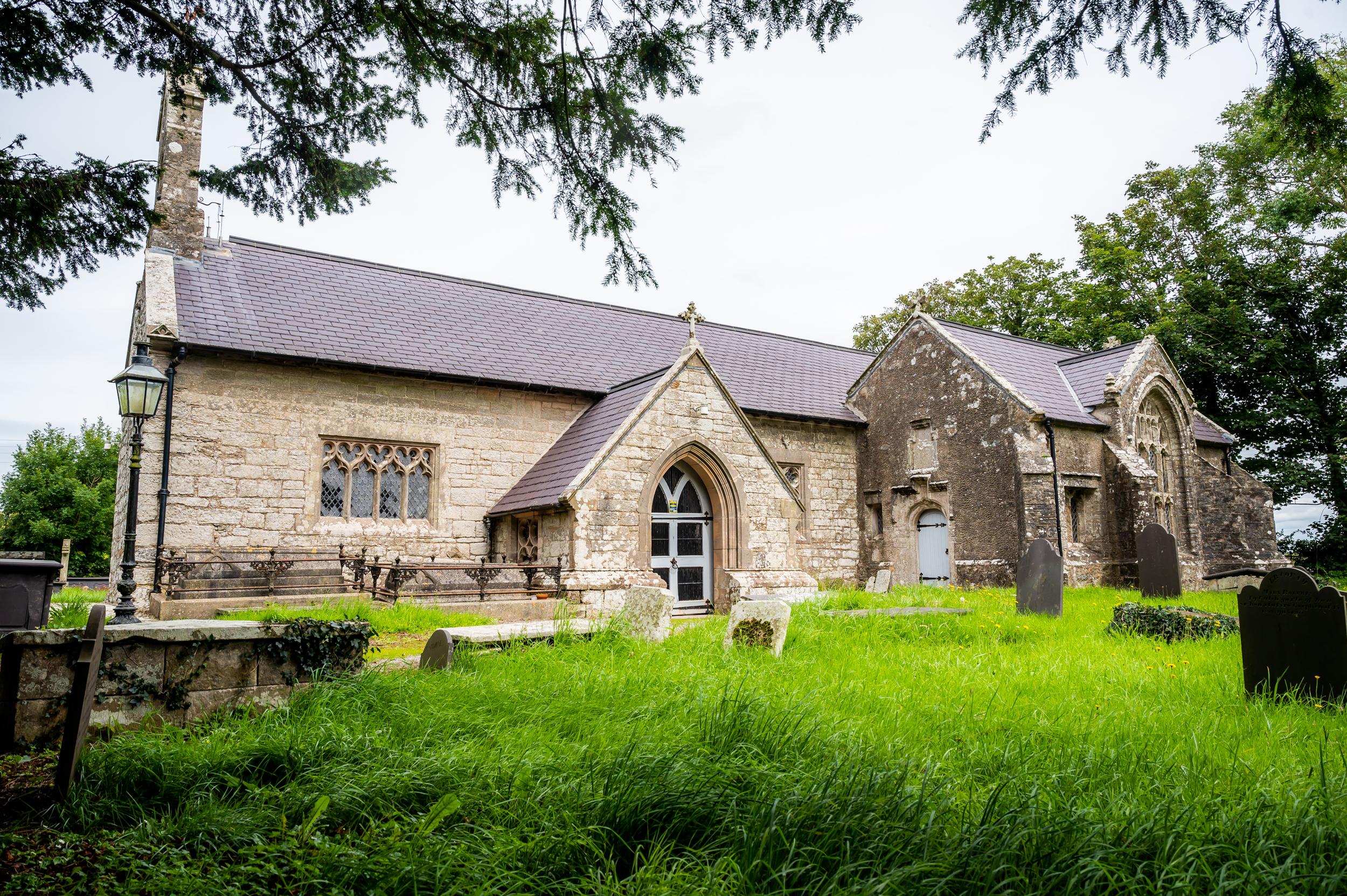St Beuno
Aberffraw, Anglesey
A 12th century parish church, St Beuno's may have been used as a royal chapel during the early Middle Ages, as the princes of Gwynedd had a court in Aberffraw.

Best known as the burial place of King Cadfan of Gwynedd, who died around 625 AD, shortly after the church was established.
Llangadwaladr, Anglesey
Around 615AD a royal monastery was established at Llangadwaladr by the Kings of Gwynedd.
The church was simply called 'Eglwys Ael', or Wattle Church and it remained in the hands of the monarch until 1920.
The church is best known as the burial place of King Cadfan. A carved stone built into the north wall reads 'CATAMANUS REX SAPIENTIS MUS OPINATISM US OMNIUM REG UM', meaning 'King Cadfan, the Wisest and Most Renowned of All Kings'. It is often called the Cadfan or Catamanus Stone.
It's thought that Cadfan's grandson, Cadwaladr the Blessed (Cadwaladr Fendigaid) retired to Llangadwaladr to become a monk. When the king died in Rome, between 664 and 682, his body was brought back to Eglwys Ael, which was renamed Llangadwaladr in his honour. The east window is practically the only medieval stained glass on Anglesey, and the centrepiece is a depiction of Cadwaladr.
Look closely around the exterior of the church, there are some fantastic grotesque carvings.
Aberffraw, Anglesey
A 12th century parish church, St Beuno's may have been used as a royal chapel during the early Middle Ages, as the princes of Gwynedd had a court in Aberffraw.
Tal y Llyn, Anglesey
Tal y llyn sits in a huge churchyard which throws into relief its diminutive scale.
Llangwyfan, Anglesey
It may seem an odd and perilous place to build a church, but St Cwyfan's originally stood at the end of a peninsula between two bays, as shown on John Speed's map of Anglesey from 1636.